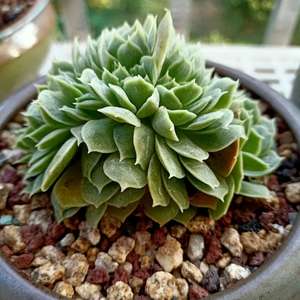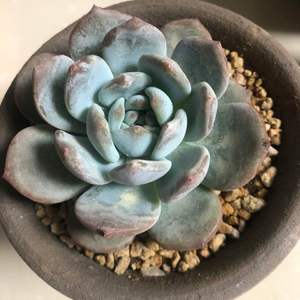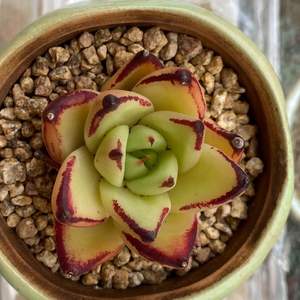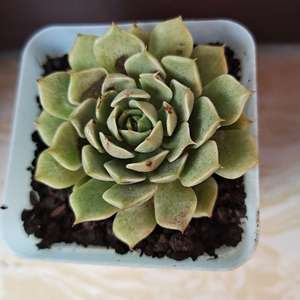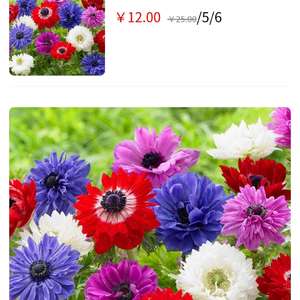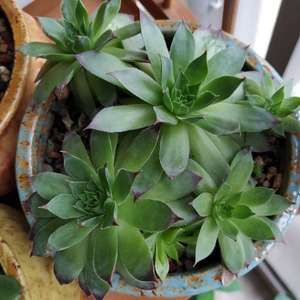文章
ritau
2020年08月30日

1. Plant produce that you and your family enjoy. To save the most money gardening, select vegetables that you like to eat and would normally buy at the grocery store. Do not plant vegetables that you would not purchase on a regular basis.
2. Choose vegetables that can be preserved, stored or frozen. By selecting vegetables that can be easily canned or frozen, you stretch your garden investment and may consume produce from your garden throughout the year.
- Plant cool-weather vegetables like onions, potatoes, carrots, sweet potatoes and winter squash that can be easily stored.
- Plant tomatoes, cucumbers, beans, corn, peas and beets that can be canned or frozen.
3. Grow vegetables that provide a high return on investment. Plant vegetables that are expensive to buy in the store, or that you consume in large quantities. Consider options like tomatoes, green beans, onions, peppers, squash, potatoes, peas, lettuce, beets, spinach, carrots, broccoli, cucumbers and Swiss chard.
4. Plant herbs for a high return on investment. In most areas, you can purchase a packet of seeds or a small herb pot for about $1.50, which will produce leaves for an entire growing season. In contrast, fresh herbs at the grocery story typically cost about $3 for a single-use packet.
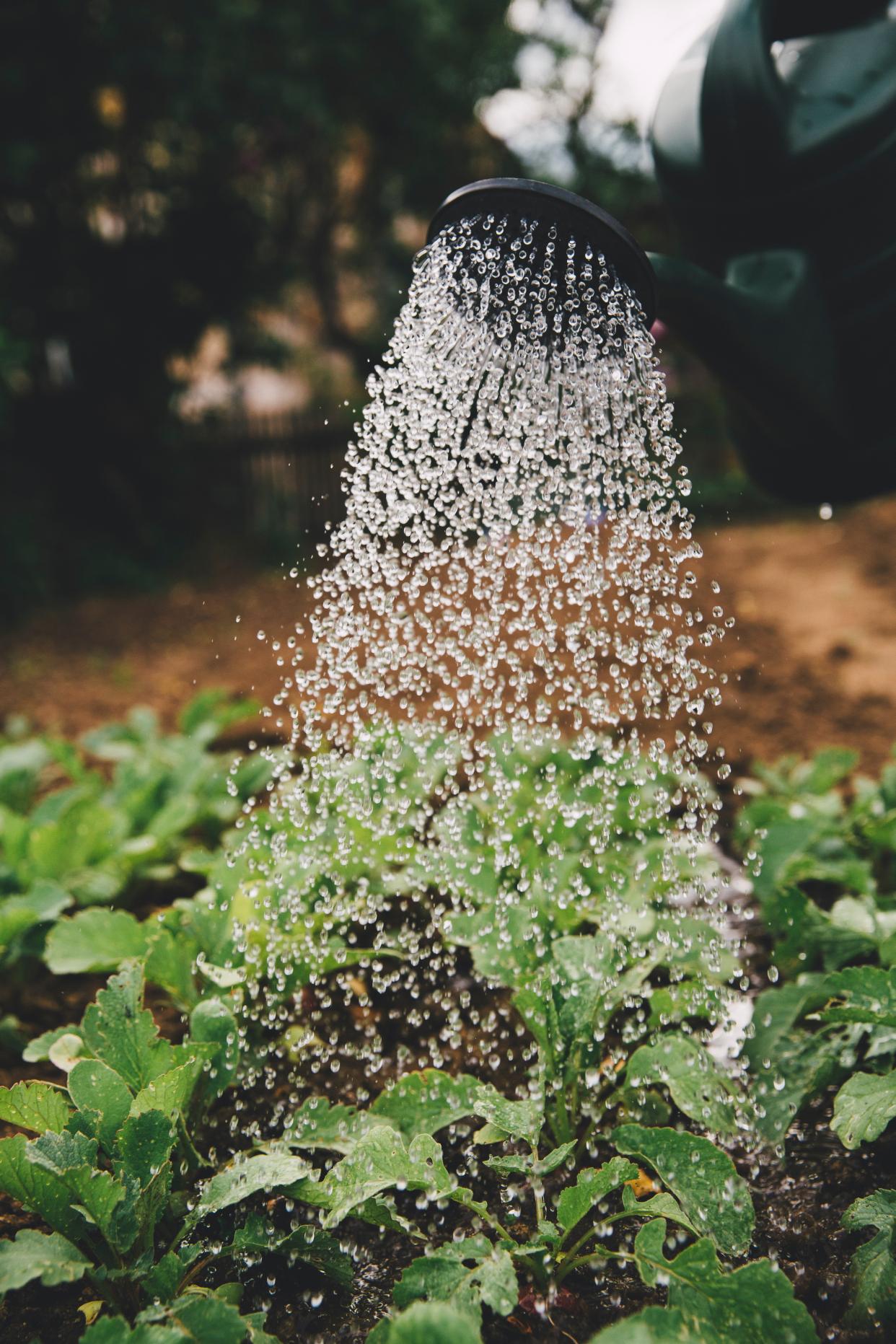
5. Select herbs that you use for culinary or household purposes.
- Plant herbs that you frequently use in the kitchen, such as basil, rosemary, oregano or parsley. You can use the fresh herbs throughout the growing season, and you can dry the herbs for future use.
- Plant herbs that you use for household purposes. Herbs like lavender or lemon verbena can be used as air fresheners, added to soaps or infused in oils.
6. Plant seeds for a higher return on investment. A packet of seeds is less expensive than a plant, and the yield is much greater. A seed packet can produce dozens of plants for less than a single established plant or a cell pack of seedlings.
7. Exchange seeds with friends. Because seed packets typically provide more seeds than you need for a single growing season, exchange seeds with gardening friends. By exchanging seeds, you get more varieties of produce and lower your seed costs.
8. Plant produce in stages. Rather than planting an entire crop of seeds at once, plant them in stages over the course of several weeks. This enables you to harvest in stages, and therefore consume the produce over time, rather than all at once. Succession planting allows a constant harvest in your garden, reducing the chance of produce waste.
9. Collect rainwater for irrigation. Purchase a commercially manufactured rain barrel, or modify an existing barrel to collect rain. The collected water can be used to water your garden, reducing your household water bill.

10. Create compost from yard, garden and kitchen waste. Starting a compost pile is an easy way to make free fertilizer. The compost will improve the soil and eliminate the need to purchase commercial fertilizers for your garden.
- Collect grass clippings, fallen leaves and kitchen waste like egg shells, coffee grounds, banana peels and leftover vegetables in a corner of your yard.
- Rotate the compost using a pitchfork periodically.
- Apply the compost to your garden as a free fertilizer.
2. Choose vegetables that can be preserved, stored or frozen. By selecting vegetables that can be easily canned or frozen, you stretch your garden investment and may consume produce from your garden throughout the year.
- Plant cool-weather vegetables like onions, potatoes, carrots, sweet potatoes and winter squash that can be easily stored.
- Plant tomatoes, cucumbers, beans, corn, peas and beets that can be canned or frozen.
3. Grow vegetables that provide a high return on investment. Plant vegetables that are expensive to buy in the store, or that you consume in large quantities. Consider options like tomatoes, green beans, onions, peppers, squash, potatoes, peas, lettuce, beets, spinach, carrots, broccoli, cucumbers and Swiss chard.
4. Plant herbs for a high return on investment. In most areas, you can purchase a packet of seeds or a small herb pot for about $1.50, which will produce leaves for an entire growing season. In contrast, fresh herbs at the grocery story typically cost about $3 for a single-use packet.

5. Select herbs that you use for culinary or household purposes.
- Plant herbs that you frequently use in the kitchen, such as basil, rosemary, oregano or parsley. You can use the fresh herbs throughout the growing season, and you can dry the herbs for future use.
- Plant herbs that you use for household purposes. Herbs like lavender or lemon verbena can be used as air fresheners, added to soaps or infused in oils.
6. Plant seeds for a higher return on investment. A packet of seeds is less expensive than a plant, and the yield is much greater. A seed packet can produce dozens of plants for less than a single established plant or a cell pack of seedlings.
7. Exchange seeds with friends. Because seed packets typically provide more seeds than you need for a single growing season, exchange seeds with gardening friends. By exchanging seeds, you get more varieties of produce and lower your seed costs.
8. Plant produce in stages. Rather than planting an entire crop of seeds at once, plant them in stages over the course of several weeks. This enables you to harvest in stages, and therefore consume the produce over time, rather than all at once. Succession planting allows a constant harvest in your garden, reducing the chance of produce waste.
9. Collect rainwater for irrigation. Purchase a commercially manufactured rain barrel, or modify an existing barrel to collect rain. The collected water can be used to water your garden, reducing your household water bill.

10. Create compost from yard, garden and kitchen waste. Starting a compost pile is an easy way to make free fertilizer. The compost will improve the soil and eliminate the need to purchase commercial fertilizers for your garden.
- Collect grass clippings, fallen leaves and kitchen waste like egg shells, coffee grounds, banana peels and leftover vegetables in a corner of your yard.
- Rotate the compost using a pitchfork periodically.
- Apply the compost to your garden as a free fertilizer.
0
0
文章
ritau
2020年08月09日

1. Purchase whole, untreated mung beans. Do not use beans packaged in gardening packets, which have probably been chemically treated. Check the label to make sure you’re purchasing whole and untreated beans which are made for sprouting and eating.
2. Measure out your desired amount of mung beans. Consider the size of the bowl or jar you plan to soak them in—the beans should fill about ¼ of the container. Mung beans get much bigger once they sprout, so be careful not to use too much.
-The yield for sprouting mung beans is about 2 to 1, meaning if you use 1 pound of seeds you’ll end up with 2 pounds of sprouts.
3. Rinse your mung beans using a colander or strainer. Run clean water over the beans until it runs clear. They may be dusty, since the majority of mung beans are grown in China and are often left to dry on gravel roads.
-This will help protect you from anything which might have been in the soil, like metals and toxins.
-It will also wash away things like mites that may have made their way into the dried beans.
4. Place the beans in a clear, wide-mouth jar. Mason canning jars are a great option, but you can also reuse jars that held peanut butter or pasta sauce, for instance. The beans should fill up about a quarter of your container.
5. Submerge the beans in water and cover the jar with a mesh lid. Fill the jar partway with cool water, roughly 2-3 times the volume of the beans. Then, cover your jar with some type of breathable lid.
-For a homemade option, you can use a piece of cheesecloth secured with rubber band. You could also punch holes into an existing metal or glass lid.
-You could also purchase a specialized sprouting jar, which is sold with a pre-made strainer lid.
-If you don’t have cheesecloth or a mesh lid, you can also soak your beans uncovered in a bowl or jar.
6. Soak the beans for 8-12 hours until they swell up. How long they have to soak will depend on the beans. Generally, larger beans will require a longer soak. You can place the jar on the countertop or in a cabinet—just make sure it’s not positioned in direct sunlight.
-The beans should be soaking at room temperature, not in the fridge.
7. Drain and rinse the beans through the mesh lid. Drain away the excess water through the lid of your jar by flipping it over in the sink. Then, rinse the swollen beans with fresh water and drain it again.
-If you don’t have a mesh lid or cheesecloth, you can also hold a strainer against the opening of your jar to drain the water.

8. Put the jar in a cool, dark place for 12 hours. Find a place that gets little to no sunlight where the beans will not be disturbed. Place the jar upside down and at an angle on a dish rack or cooling rack so the moisture can continue to be released.
-Although the beans should not be exposed to direct sunlight, there’s no need for the storage location to be completely dark. A shadowy corner of your countertop would work well.
9. Repeat this process every 12 hours for 2-5 days. Rinse and drain the beans through the mesh lid approximately every 12 hours (or twice a day). Return them to their dark storage spot after each rinse session.
-The beans should continue to grow in size and sprout thin white tails.
10. Give the sprouts a rinse once they’ve reached your desired length. Pour the sprouted beans into a colander and give them one last rinse before draining them thoroughly. Generally, mung beans taste good when they’re about 1⁄2 in (1.3 cm) long—but it’s mostly a matter of personal preference.
-he green shells may have started to come off the white bean sprouts at this point. You can remove some of these empty shells from the mix with your hands if you like.
11. Spread the sprouted beans across a baking sheet lined in paper towels. Cover a baking sheet with two layers of dry paper towels, then pour the rinsed and drained beans on top. Spread them out in a thin layer with your hand and press gently to absorb any excess water. Once you’ve patted them dry, they are ready to be stored.
-Pick out any unsprouted beans and throw them away.
-To dry the beans even more thoroughly, cover them with another paper towel and press gently.
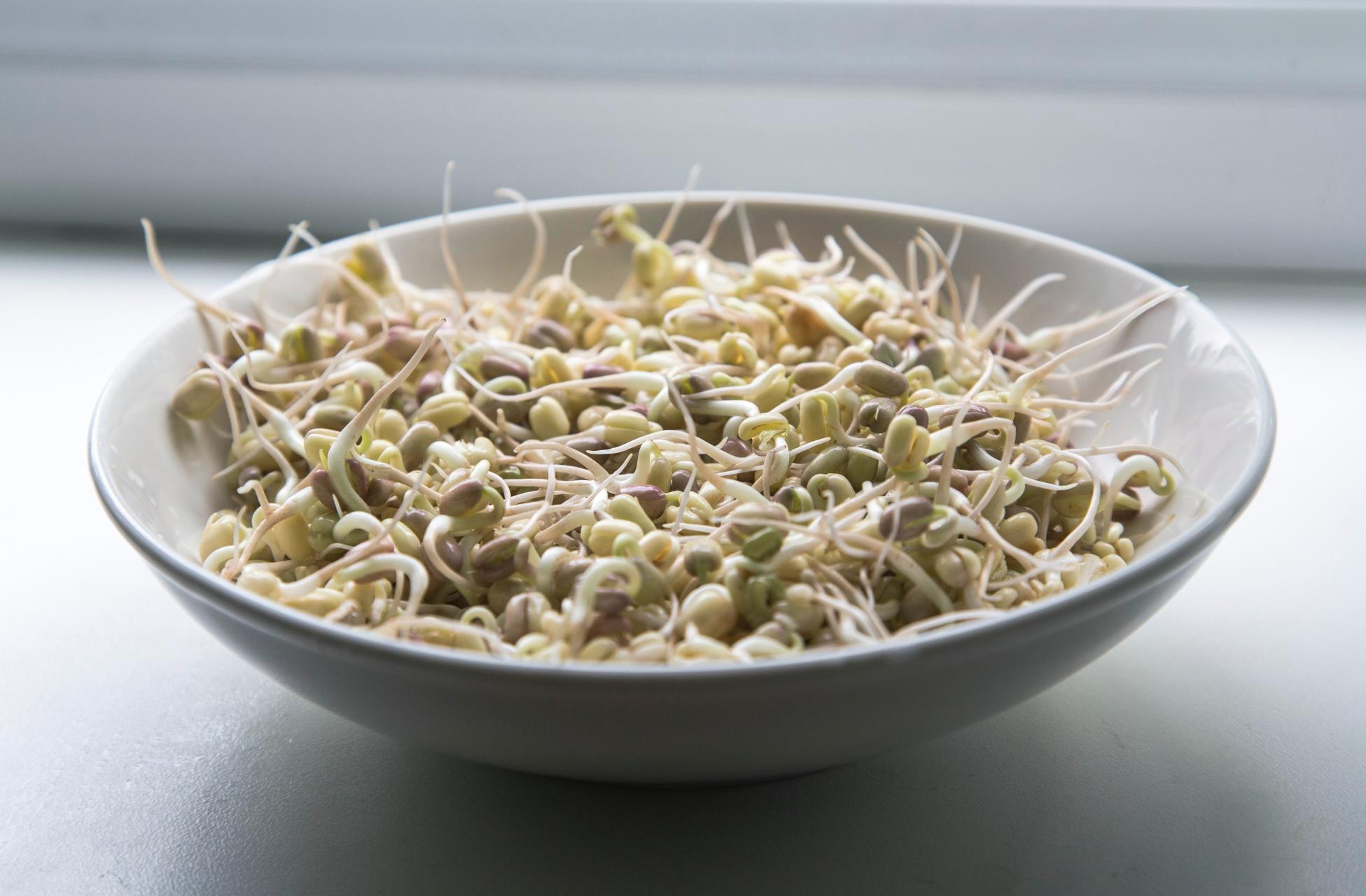
12. Place the sprouts into a bowl and store in the fridge for up to 2 weeks. Line the bowl with paper towels, then use your hands to transfer handfuls of sprouts into the container. Plan to eat the sprouts within 2 weeks.
-Mung bean sprouts are a great base for a chilled salad, or a classic addition to a stir-fry.
2. Measure out your desired amount of mung beans. Consider the size of the bowl or jar you plan to soak them in—the beans should fill about ¼ of the container. Mung beans get much bigger once they sprout, so be careful not to use too much.
-The yield for sprouting mung beans is about 2 to 1, meaning if you use 1 pound of seeds you’ll end up with 2 pounds of sprouts.
3. Rinse your mung beans using a colander or strainer. Run clean water over the beans until it runs clear. They may be dusty, since the majority of mung beans are grown in China and are often left to dry on gravel roads.
-This will help protect you from anything which might have been in the soil, like metals and toxins.
-It will also wash away things like mites that may have made their way into the dried beans.
4. Place the beans in a clear, wide-mouth jar. Mason canning jars are a great option, but you can also reuse jars that held peanut butter or pasta sauce, for instance. The beans should fill up about a quarter of your container.
5. Submerge the beans in water and cover the jar with a mesh lid. Fill the jar partway with cool water, roughly 2-3 times the volume of the beans. Then, cover your jar with some type of breathable lid.
-For a homemade option, you can use a piece of cheesecloth secured with rubber band. You could also punch holes into an existing metal or glass lid.
-You could also purchase a specialized sprouting jar, which is sold with a pre-made strainer lid.
-If you don’t have cheesecloth or a mesh lid, you can also soak your beans uncovered in a bowl or jar.
6. Soak the beans for 8-12 hours until they swell up. How long they have to soak will depend on the beans. Generally, larger beans will require a longer soak. You can place the jar on the countertop or in a cabinet—just make sure it’s not positioned in direct sunlight.
-The beans should be soaking at room temperature, not in the fridge.
7. Drain and rinse the beans through the mesh lid. Drain away the excess water through the lid of your jar by flipping it over in the sink. Then, rinse the swollen beans with fresh water and drain it again.
-If you don’t have a mesh lid or cheesecloth, you can also hold a strainer against the opening of your jar to drain the water.

8. Put the jar in a cool, dark place for 12 hours. Find a place that gets little to no sunlight where the beans will not be disturbed. Place the jar upside down and at an angle on a dish rack or cooling rack so the moisture can continue to be released.
-Although the beans should not be exposed to direct sunlight, there’s no need for the storage location to be completely dark. A shadowy corner of your countertop would work well.
9. Repeat this process every 12 hours for 2-5 days. Rinse and drain the beans through the mesh lid approximately every 12 hours (or twice a day). Return them to their dark storage spot after each rinse session.
-The beans should continue to grow in size and sprout thin white tails.
10. Give the sprouts a rinse once they’ve reached your desired length. Pour the sprouted beans into a colander and give them one last rinse before draining them thoroughly. Generally, mung beans taste good when they’re about 1⁄2 in (1.3 cm) long—but it’s mostly a matter of personal preference.
-he green shells may have started to come off the white bean sprouts at this point. You can remove some of these empty shells from the mix with your hands if you like.
11. Spread the sprouted beans across a baking sheet lined in paper towels. Cover a baking sheet with two layers of dry paper towels, then pour the rinsed and drained beans on top. Spread them out in a thin layer with your hand and press gently to absorb any excess water. Once you’ve patted them dry, they are ready to be stored.
-Pick out any unsprouted beans and throw them away.
-To dry the beans even more thoroughly, cover them with another paper towel and press gently.

12. Place the sprouts into a bowl and store in the fridge for up to 2 weeks. Line the bowl with paper towels, then use your hands to transfer handfuls of sprouts into the container. Plan to eat the sprouts within 2 weeks.
-Mung bean sprouts are a great base for a chilled salad, or a classic addition to a stir-fry.
0
0



